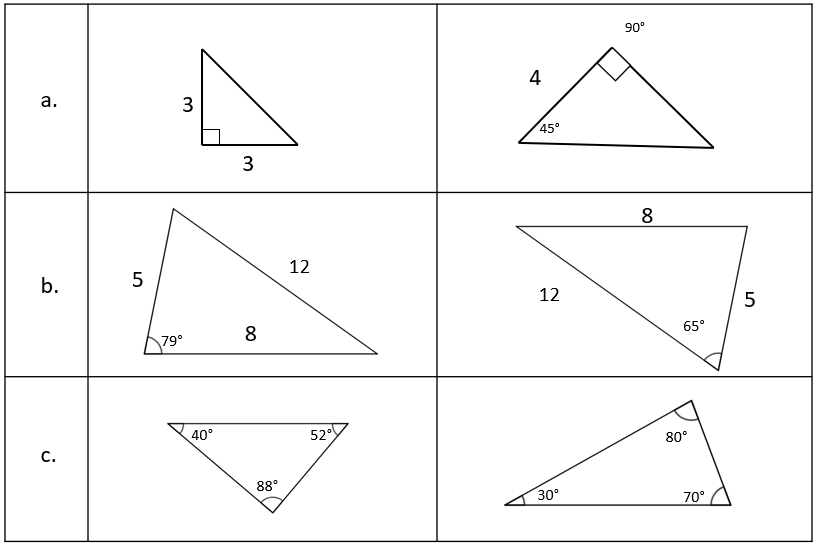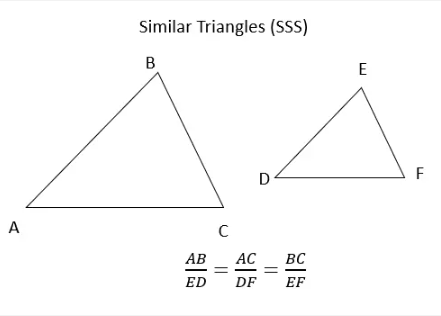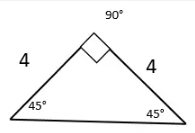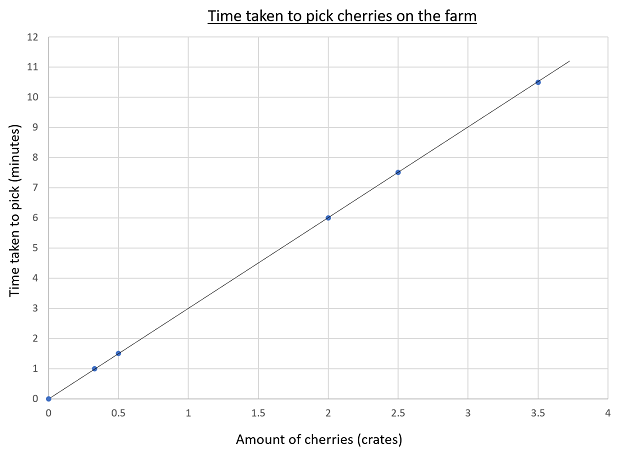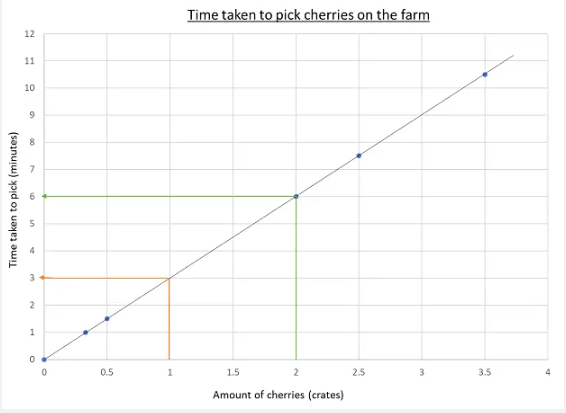The NWEA MAP Growth Test for 7th Grade evaluates advanced analytical and reasoning skills as coursework becomes more demanding. I’m Ariav Schlesinger, a MAP Growth specialist providing a concise overview of what the assessment covers at this grade.
This page includes:
- Free 7th grade MAP questions in Math, Reading, and Language Usage
- Step-by-step explanations for managing challenging questions
- A clear outline of skills evaluated in middle school MAP
- Score information specific to 7th grade
- Parent-focused FAQs about MAP Growth in middle school
Explore free questions and see how our study pack supports strong academic growth in 7th grade.
7th Grade MAP Growth Free Sample Questions
MAP Math
The Math section of the MAP Growth test for 7th graders includes real-world problem-solving, algebraic reasoning, geometry, and data analysis. Students are expected to apply logic, work with variables, and interpret quantitative information.
Main Math Areas:
- Number Sense: Understanding and comparing numbers, place value, equivalence, and number relationships.
- Computation and Problem Solving: Applying operations to solve real-world problems with various number types.
- Algebraic Concepts: Using patterns, expressions, equations, and functions to model relationships.
- Geometry: Analyzing shapes, transformations, congruence, symmetry, and spatial relationships.
- Measurement: Measuring, converting, and calculating perimeter, area, volume, and surface area.
- Data, Statistics, and Probability: Collecting, interpreting, and analyzing data to make predictions using probability.
MAP Reading
The MAP Growth Reading section evaluates comprehension, interpretation, and vocabulary in context. Seventh graders read more sophisticated texts that require identifying themes, analyzing tone, and drawing inferences.
Reading Types:
- Word Meaning: Understanding word meanings, origins, relationships, and using context for clues.
- Literary Concepts: Identifying themes, details, and drawing conclusions from literary texts.
- Literary Concepts: Analyzing plot, characters, themes, and literary devices in texts.
- Informational Concepts: Finding key ideas, details, and conclusions in informational texts.
- Informational Concepts: Evaluating structure, bias, claims, and author’s purpose in nonfiction.
MAP Language Usage
The Language Usage section measures how well students use grammar, punctuation, and structure to express ideas clearly. This section emphasizes precision, coherence, and editing skills.
Main Language Areas:
- Mechanics: Students understand the conventions of capitalization, punctuation, and spelling.
- Parts of Speech: Students understand the different parts of speech.
- Usage: Students understand the conventions of grammar, usage, and sentence structure.
- Writing Process: Students use various research and writing skills to plan, develop, and revise writing.
MAP Language Usage – Parts of Speech
Read the sentence.
A molecule is approximately one million times smaller than a grain of sand.
Which word is modified by the adjective "smaller"?
MAP Growth for the 7th Grade
The MAP Growth 7th Grade test measures how well students are mastering key middle school skills while preparing for the challenges of high school. The test adapts to each student’s level in real time, becoming more or less difficult based on their responses, so every student faces questions that reflect their unique learning progress. Seventh graders move beyond recalling facts; they interpret, evaluate, and connect concepts across math, reading, and language. Each subject includes around 40 to 43 questions, and while the test is untimed, students typically spend about 60 minutes per section, making practice an important way to build focus, confidence, and endurance for test day.
Understanding Your 7th Grader’s MAP Growth Scores
After the MAP Growth test, you’ll receive a Family Report that shows how your child is learning and progressing over time. By 7th grade, MAP Growth scores reflect not only what students know but how prepared they are to tackle more advanced and abstract concepts across subjects. Each report includes several key measurements.
Key Components of MAP Growth Scores
Your child's Family Report includes four main measurements:
- RIT Score - Shows your child's current instructional level and tracks growth across grades
- Percentile Ranks - Compares performance to national averages
- Growth Norms - Measures progress compared to students at the same starting level
- Projected Proficiency - Predicts readiness for future assessments and advanced coursework
Want to understand these scores in detail? Learn more about interpreting MAP Growth scores and what each metric means for your child's academic journey.
Making MAP Growth Scores Work for Your Family
The Family Report you receive after the 7th Grade MAP Growth test turns data into meaningful next steps. These insights show where your child is thriving and where extra support may be needed. Many families find that reviewing the report together and discussing it with the teacher helps create a focused learning plan that supports steady growth. With the right guidance and targeted practice, MAP Growth scores become more than numbers, they become a roadmap for continued academic progress.
7th Grade MAP Growth Test Preparation: How Parents Can Help at Home
Supporting your 7th grader MAP Growth preparation does not require expensive tutors or endless drilling. Success comes from weaving learning into your daily routine with these teacher-tested strategies:
Before Test Day Essentials
- Ensure quality sleep: A well-rested brain handles adaptive questions with sharper focus.
- Provide a balanced breakfast: Fuel supports attention and stamina during testing.
- Limit screen time the night before: Reducing digital distractions helps calm the mind.
- Ease test anxiety: Remind your child that the MAP test is untimed and simply measures their learning progress.
Daily Habits That Boost MAP Growth Scores
For Reading Success
Discuss what your child reads regularly.
Talk about themes, tone, and the author's message.
Ask questions that deepen comprehension beyond plot summary.
For Math Mastery
Tackle multi-step problems together.
Ask your child to explain how they reached their answer.
Connect math concepts to real-world situations.
For Language Skills
Encourage weekly journal writing with prompts.
Review grammar and writing structure naturally through conversation.
Practice editing and revision skills with everyday writing.
For Independent Learning
Help set achievable study goals.
Track progress over time using practice materials.
Use free resources like TestPrep-Online for bite-sized, standards-aligned videos.
Preparing Your Child for 7th Grade Success with Our MAP Test Prep Pack
Our MAP Practice Pack for 7th grade helps students build confidence through structured, skill-based practice. It’s designed to make test prep both focused and motivating.
What’s Included:
- Full-Length Practice Tests: Simulate real MAP testing conditions to build focus and endurance.
- Step-by-Step Practice Quizzes: Gradually build from core review to advanced application.
- Language Usage Video Lessons: Learn the material that you will be tested on in the MAP Language Usage section with this series of video lessons.
- Study & Parent Guides: Explain test structure, key strategies, and how to support effective learning at home.
By practicing with this PrepPack, students can approach test day with confidence, accuracy, and a clear understanding of what to expect. Your child's 7th-grade journey starts strong when you're equipped with the right tools and strategies.
Ask Ariav

Ariav Schlesinger is a certified teacher with a Master's in Education and a MAP Growth specialist with over a decade of experience developing 7th Grade MAP-aligned questions. His materials include clear explanations that strengthen critical thinking across math, reading, and language usage, build analytical reasoning skills, and help 7th graders gain confidence and perform their best on the MAP Growth test.
MAP 7th Grade FAQs
Yes. MAP questions are designed to measure skills within the Common Core framework for math, reading, and language usage.
Preparation helps students demonstrate their true ability and reduces anxiety on adaptive assessments like MAP Growth.
Students consistently scoring in the 95th percentile or above may be considered for gifted programs, depending on district policies.
It assesses reasoning, problem-solving, data interpretation, reading comprehension, and language accuracy.
Practice tests, quizzes, detailed guides, and interactive games covering all three test sections.
2–3 weeks of consistent, focused practice is ideal for review and confidence-building.
MAP uses a RIT scale that measures growth independently of grade level, providing a long-term learning trajectory.
Growth trends are more important than single scores. Identify weak areas and focus on gradual skill-building.
Yes. The 7th Grade PrepPack includes overlapping materials to support both levels.
